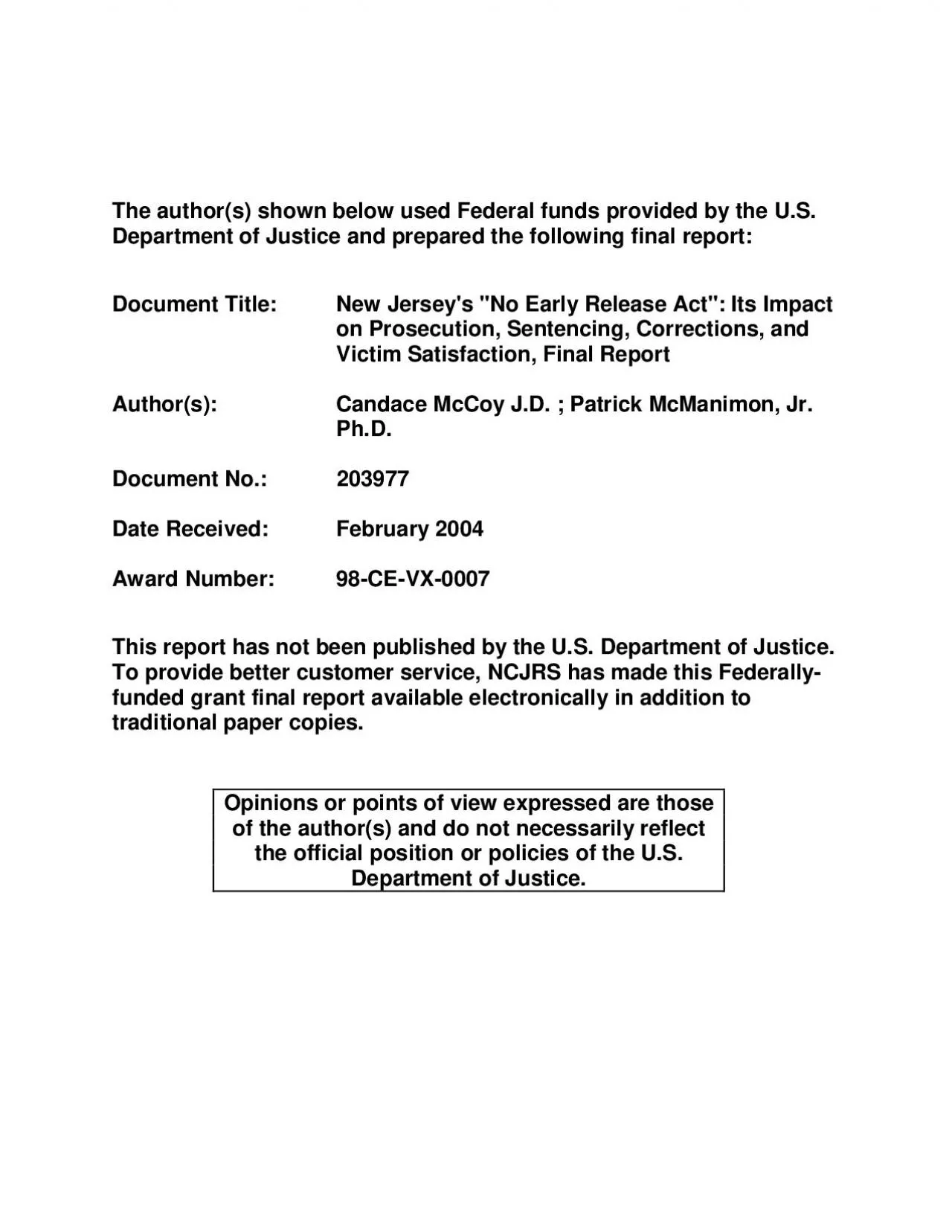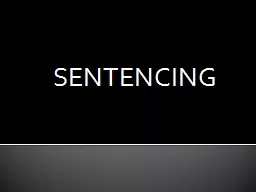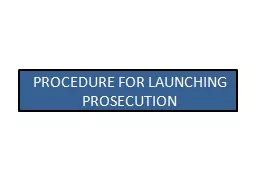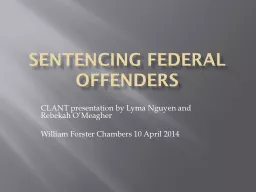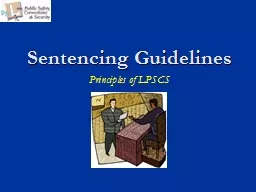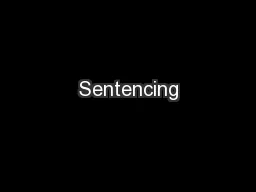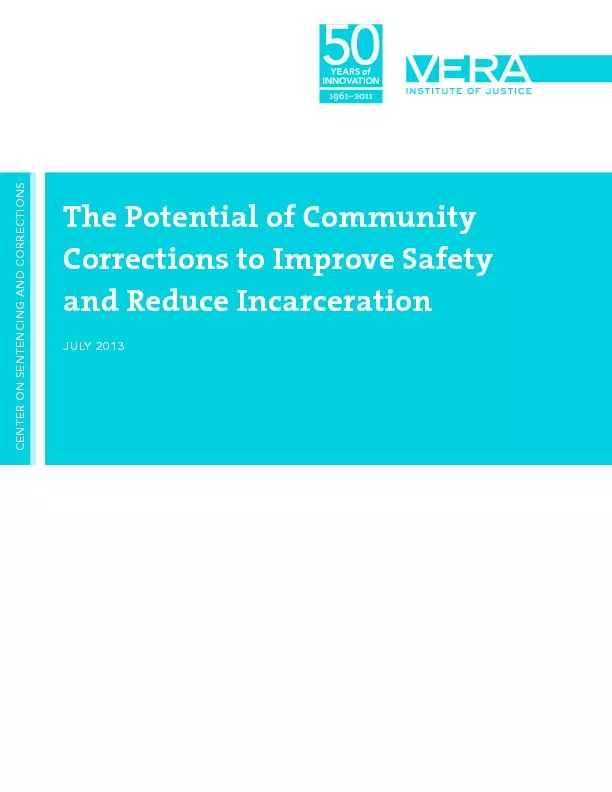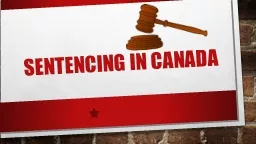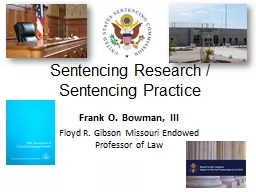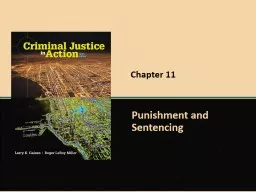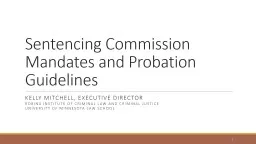PDF-JERSEYS NO EARLY RELEASE PROSECUTION SENTENCING CORRECTIONS AND VICTIM
Author : beatrice | Published Date : 2021-08-25
Release Act148 Review the Mandatory Sentencing prosecutorial and judicial discretion Data and Methods New Jersey146s Prosecutorial and Sentencing Structure JERSEYS
Presentation Embed Code
Download Presentation
Download Presentation The PPT/PDF document "JERSEYS NO EARLY RELEASE PROSECUTION SEN..." is the property of its rightful owner. Permission is granted to download and print the materials on this website for personal, non-commercial use only, and to display it on your personal computer provided you do not modify the materials and that you retain all copyright notices contained in the materials. By downloading content from our website, you accept the terms of this agreement.
JERSEYS NO EARLY RELEASE PROSECUTION SENTENCING CORRECTIONS AND VICTIM: Transcript
Download Rules Of Document
"JERSEYS NO EARLY RELEASE PROSECUTION SENTENCING CORRECTIONS AND VICTIM"The content belongs to its owner. You may download and print it for personal use, without modification, and keep all copyright notices. By downloading, you agree to these terms.
Related Documents

